Lantana Groundcover Plants: Tips On Using Lantana As A Groundcover
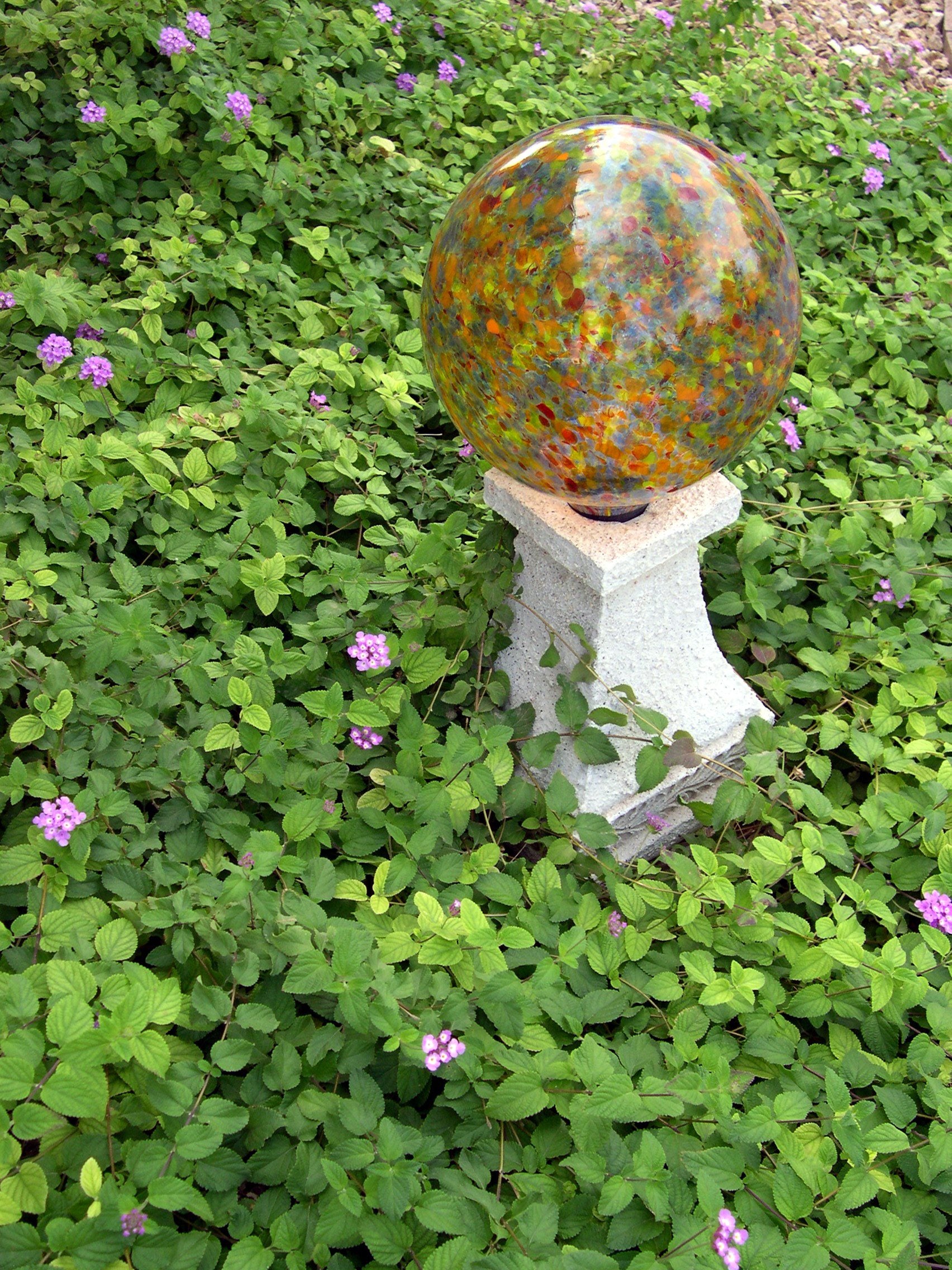

Lantana is a gorgeous, vividly colored butterfly magnet that blooms abundantly with little attention. Most lantana plants reach heights of 3 to 5 feet (1-1.5 m.), so lantana as a groundcover doesn’t sound very practical – or does it? If you live in USDA plant hardiness zone 9 or above, trailing lantana plants make wonderful year-round groundcovers. Read on to learn more about lantana groundcover plants.
Is Lantana a Good Groundcover?
Trailing lantana plants, native to southern Brazil, Argentina, Paraguay, Uruguay, and Bolivia, work exceptionally well as a groundcover in warm climates. They grow fast, reaching heights of only 12 to 15 inches (31-38 cm.). Trailing lantana plants are extremely heat and drought tolerant. Even if the plants look a little worse for wear during hot, dry weather, a good watering will bring them back very quickly. Botanically, trailing lantana are known as either Lantana sellowiana or Lantana montevidensis. Both are correct. However, although lantana loves heat and sunlight, it isn’t crazy about cold and will be nipped when the first frost rolls around in autumn. Keep in mind you can still plant trailing lantana plants if you live in a cooler climate, but only as annuals.
Lantana Ground Cover Varieties
Purple trailing lantana is the most common type of Lantana montevidensis. It is a slightly hardier plant, suitable for planting in USDA zones 8 through 11. Others include:
- L. montevidensis ‘Alba,’ also known as white trailing lantana, produces clusters of sweetly scented, pure white flowers.
- L. montevidensis ‘Lavender Swirl’ produces a profusion of large blooms that emerge white, gradually turning pale lavender, then deepening to a more intense shade of purple.
- L. montevidensis ‘White Lightnin’ is a resilient plant that produces hundreds of pure white blooms.
- L. montevidensis ‘Spreading White’ produces lovely white blooms in spring, summer, and autumn.
- New Gold (Lantana camara x L. montevidensis) – is a hybrid plant with clusters of vivid, golden-yellow blooms. At 2 to 3 feet (31-61 cm.), this is a slightly taller, mounding plant that spreads 6 to 8 feet (2 m.) in width.
Note: Trailing lantana can be a bully and may be considered an invasive plant in certain areas. Check with your local Cooperative Extension Office before planting if aggressiveness is a concern.
Gardening tips, videos, info and more delivered right to your inbox!
Sign up for the Gardening Know How newsletter today and receive a free copy of our e-book "How to Grow Delicious Tomatoes".

A Credentialed Garden Writer, Mary H. Dyer was with Gardening Know How in the very beginning, publishing articles as early as 2007.
-
 Try The Trend – Turn Any Bed Into A Keyhole Garden With This Clever In-Ground Composter
Try The Trend – Turn Any Bed Into A Keyhole Garden With This Clever In-Ground ComposterKeyhole gardening is an efficient and sustainable practice that saves space. Get started on this DIY project quickly and easily with an in-ground composter.
By Bonnie L. Grant
-
 4 Superfast Composting Methods: Turn Waste Into Garden Gold In 30 Days Or Less
4 Superfast Composting Methods: Turn Waste Into Garden Gold In 30 Days Or LessTry the fastest composting methods to turbocharge your pile and transform kitchen scraps and garden waste into finished compost in just a few weeks.
By Mary Ellen Ellis
-
 Growing Lantana Indoors For The Winter
Growing Lantana Indoors For The WinterCan I bring Lantana inside for the winter? Well, click here to find out.
By Tonya Barnett
-
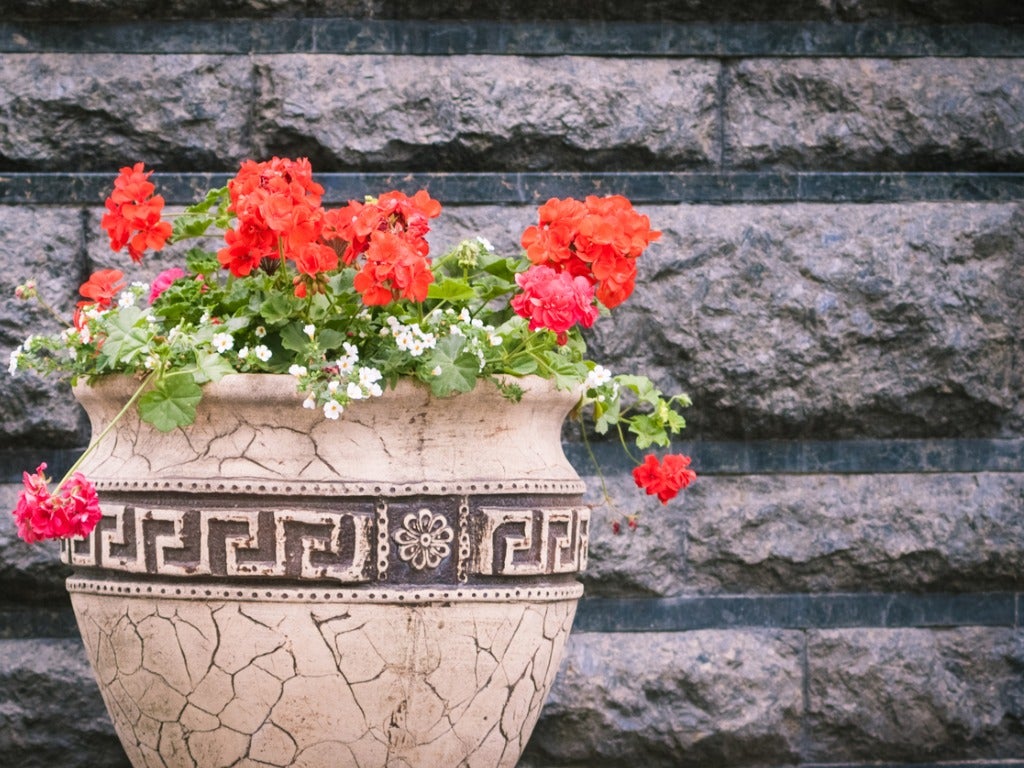 Repotting Lantanas: When And How To Repot Lantana Plants
Repotting Lantanas: When And How To Repot Lantana PlantsLantana is ideal for growing in containers or ornamental raised flower beds. With proper care, gardeners can enjoy the small showy flowers for many years to come. In doing so, learning how to repot lantana will be important. This article will help with that.
By Tonya Barnett
-
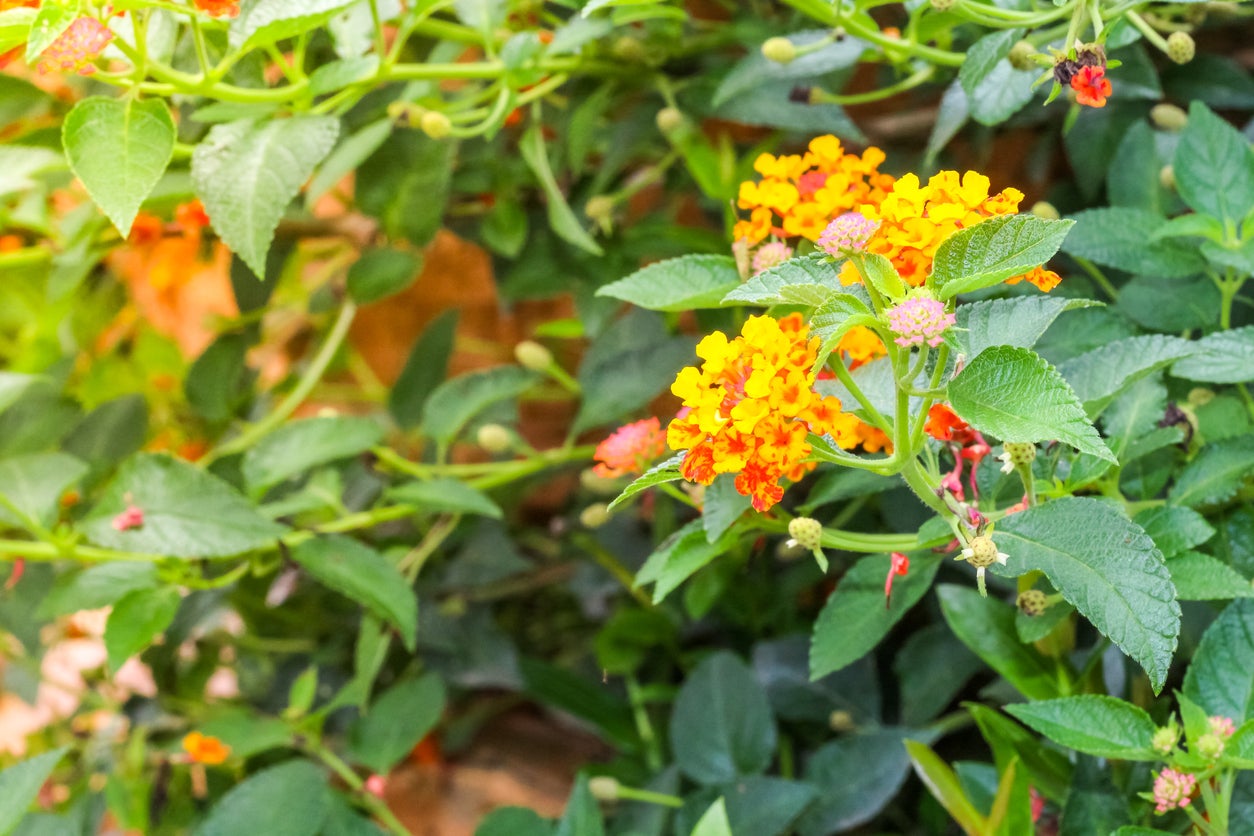 Controlling Lantana Weeds: Stopping Lantana Spread In The Garden
Controlling Lantana Weeds: Stopping Lantana Spread In The GardenIn some gardens, Lantana camara is a pretty, flowering plant that adds delicate, colorful blooms to flower beds. In other areas, though, this plant can be more of a pest. Find out ways for controlling lantana weeds in your yard by clicking this article.
By Mary Ellen Ellis
-
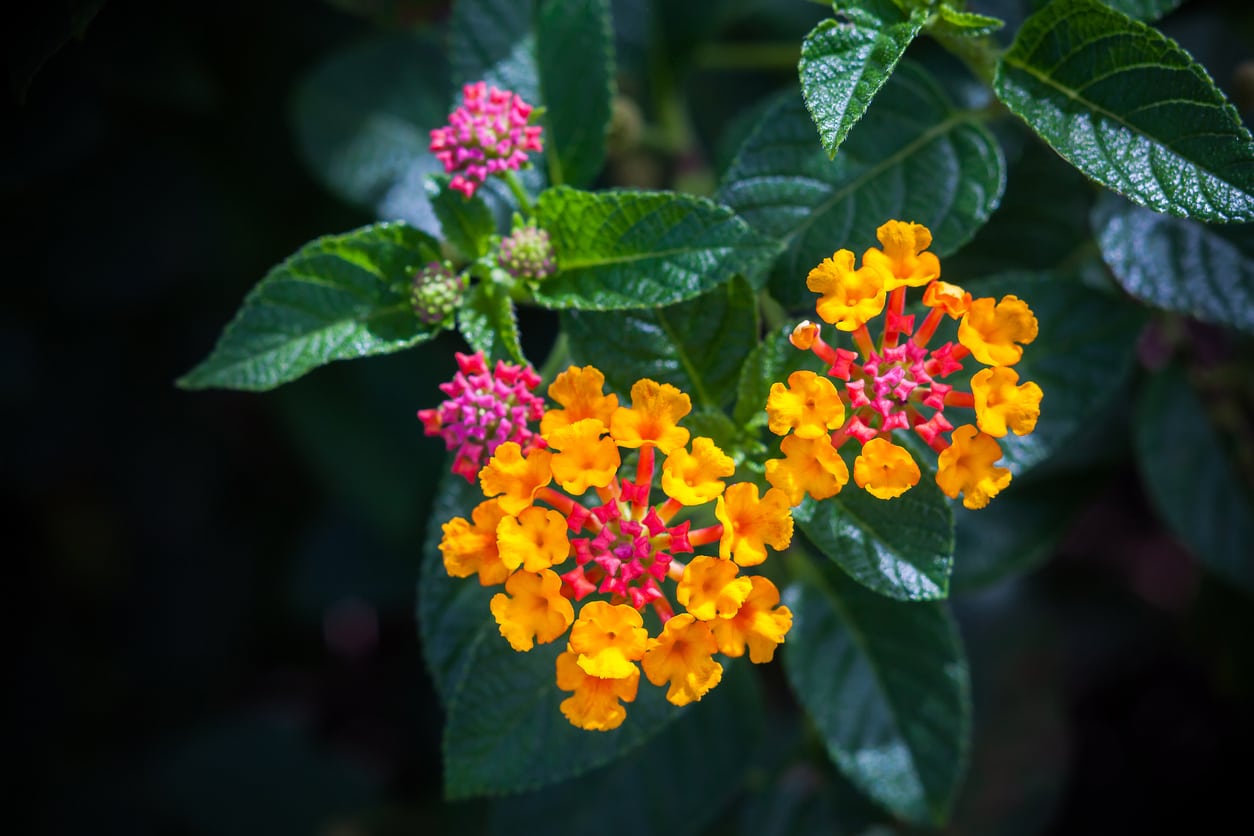 Can You Transplant Lantanas: Tips For Moving A Lantana Plant
Can You Transplant Lantanas: Tips For Moving A Lantana PlantIf you have a lantana that is struggling in its current location or has outgrown its space and is not playing nice with other plants, you may be searching for some tips on how to transplant lantana. This article will help get you started with that.
By Darcy Larum
-
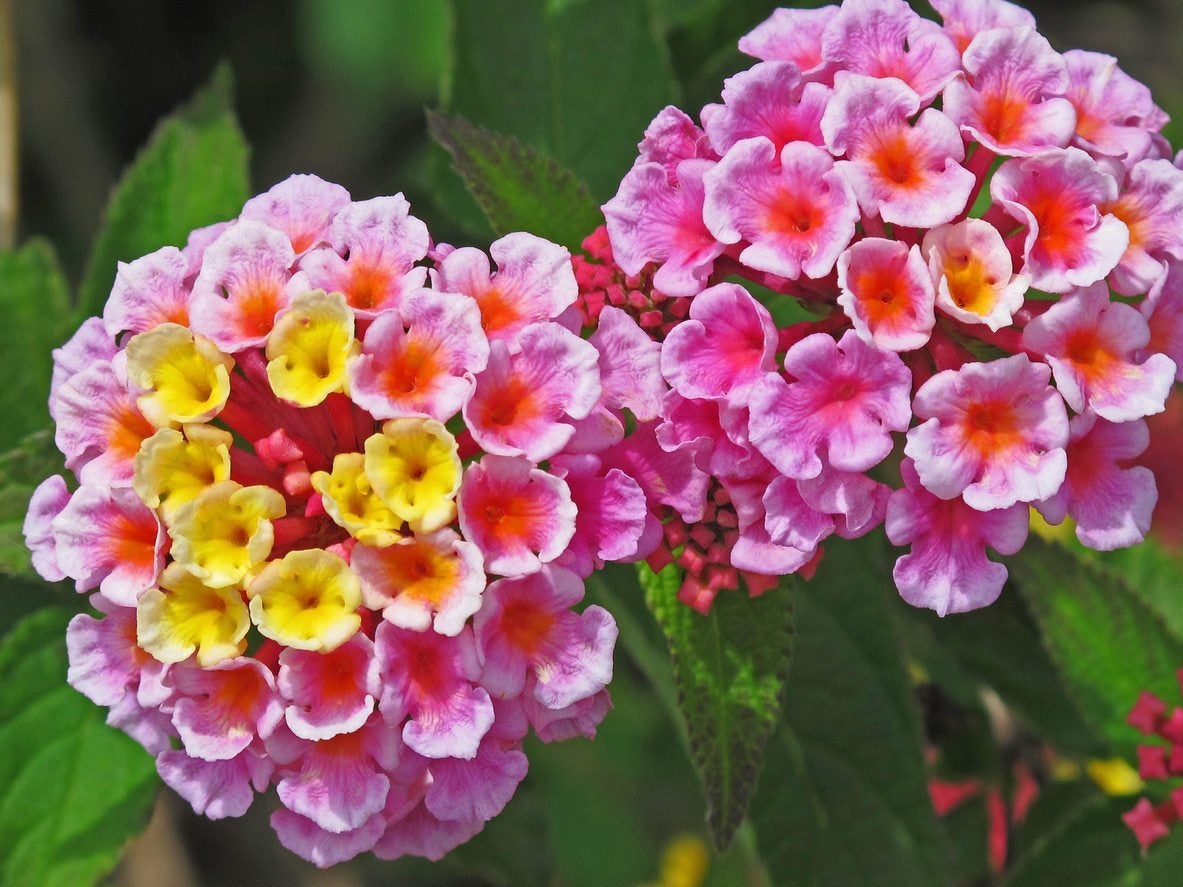 Color Changing Lantana Flowers – Why Do Lantana Flowers Change Color
Color Changing Lantana Flowers – Why Do Lantana Flowers Change ColorSince a lantana flower cluster has flowers of multiple ages, it will often display different colors in the center and on the edges. You can observe lantana flowers changing color in your garden as the season advances. Learn other reasons for color changing in this plant here.
By Ilana Goldowitz Jimenez
-
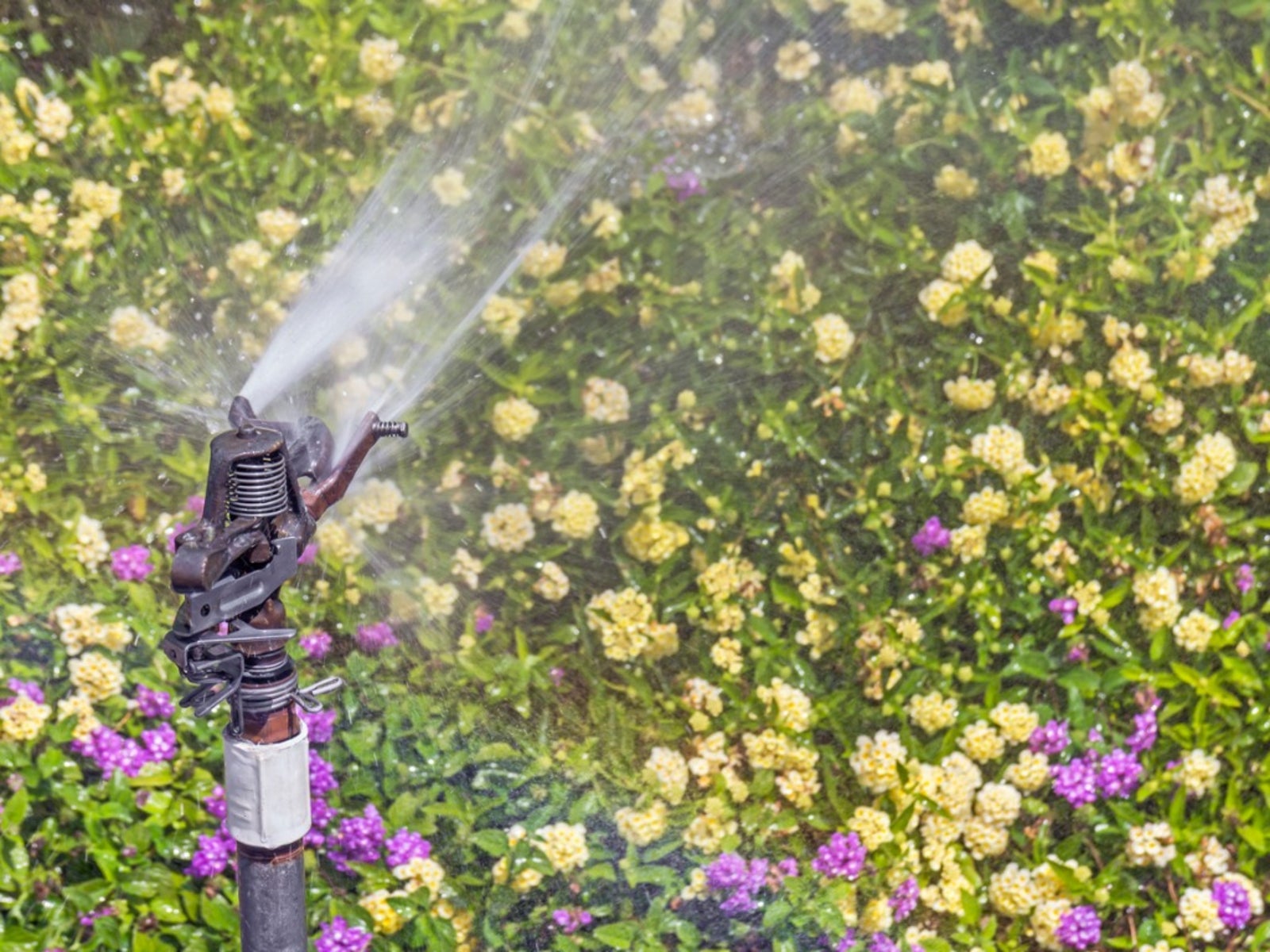 Lantana Watering Needs – Tips On Watering Lantana Plants
Lantana Watering Needs – Tips On Watering Lantana PlantsLantana can tolerate drought once established but the best development and flowering results from consistent watering. How much water do lantana plants need? We will discuss when to water lantanas for best growth and flower production in this article.
By Bonnie L. Grant
-
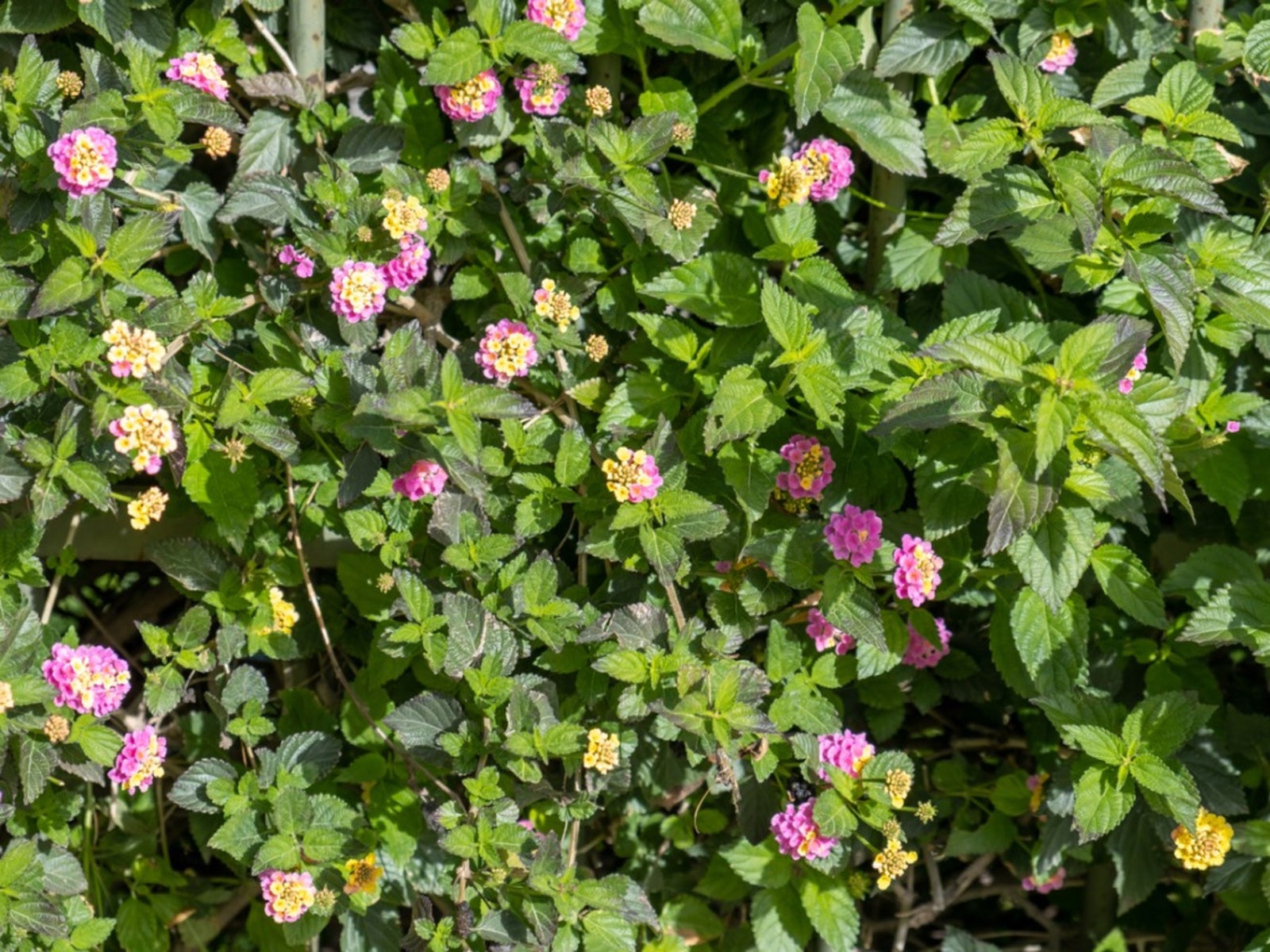 Lantana Leaf Yellowing – Treating Yellow Leaves On Lantana Plants
Lantana Leaf Yellowing – Treating Yellow Leaves On Lantana PlantsGardeners love lantana because of its brightly colored blossoms that attract butterflies and bloom from spring to frost. If you see your lantana plant turning yellow, it could be nothing or something serious. Click this article for more information.
By Teo Spengler
-
 Diseases Of Lantana Plants: Identifying Diseases That Affect Lantana
Diseases Of Lantana Plants: Identifying Diseases That Affect LantanaLantana is beloved for its bright flowers that last all summer long and for its reputation as an easy-care shrub. Unfortunately, even lantana can get diseases. Click here for information on lantana plant diseases and tips for treating diseases in lantana.
By Teo Spengler